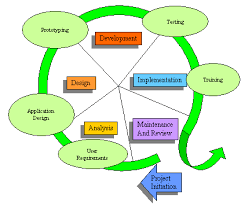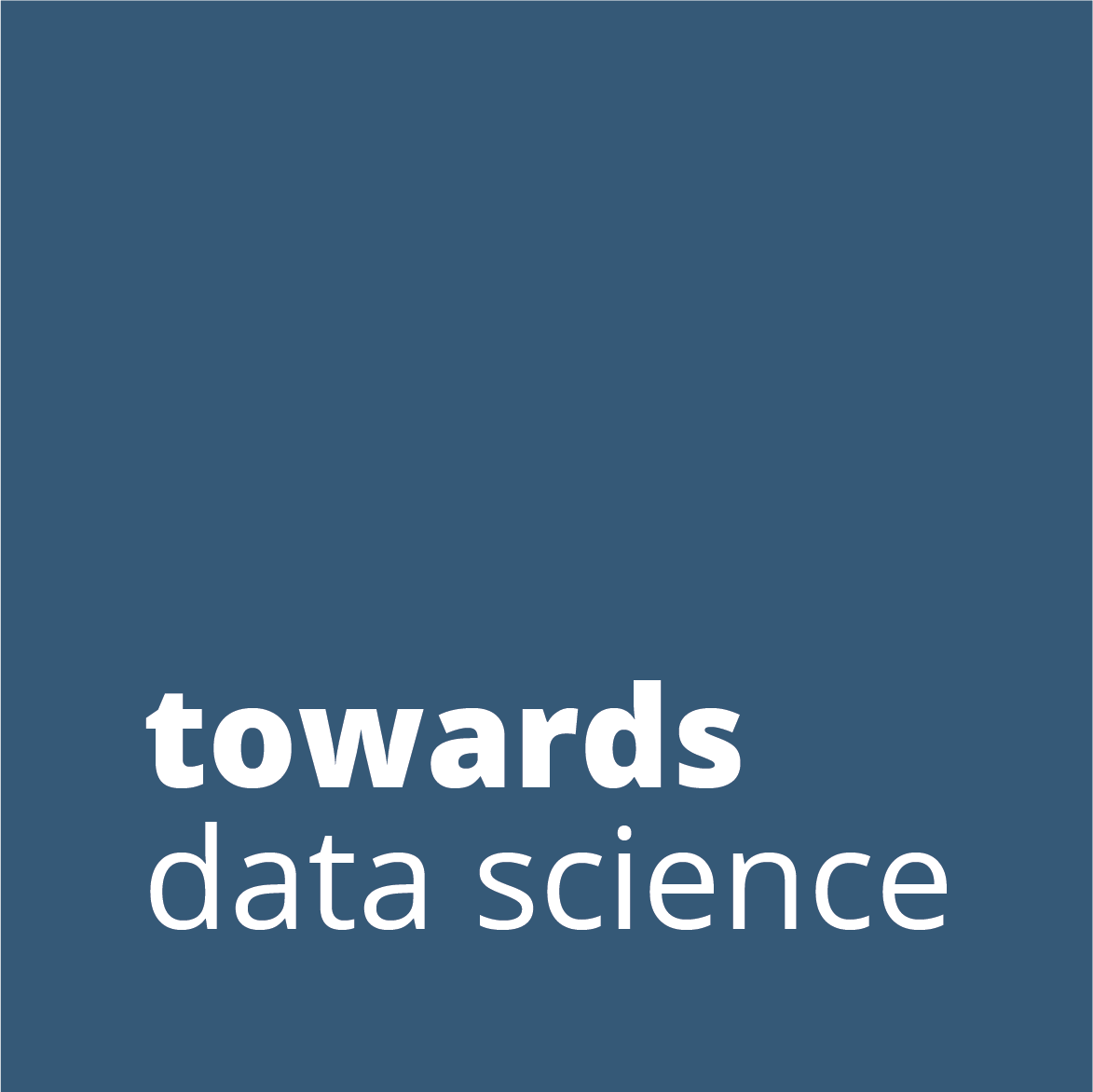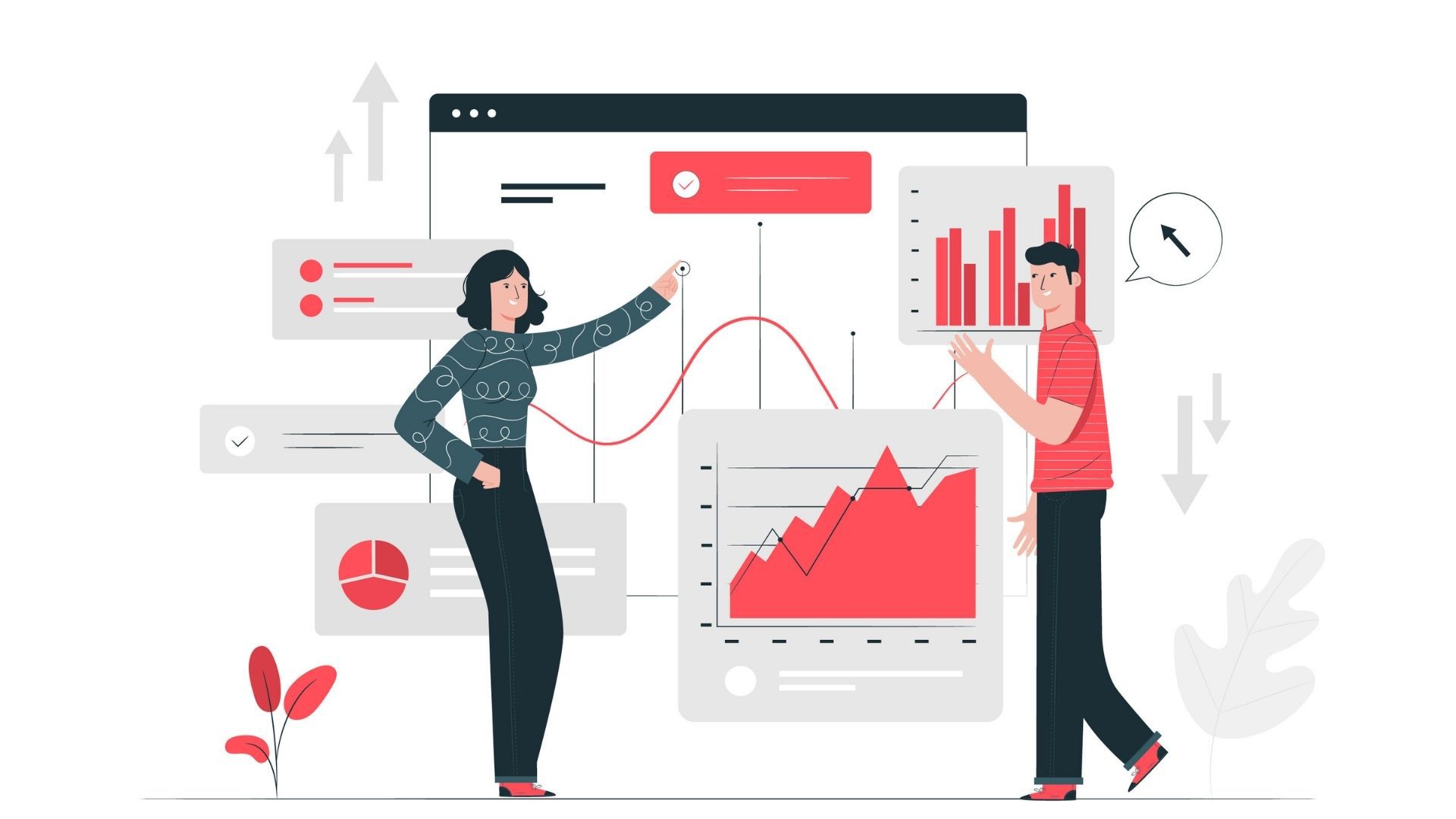/investing2-5bfc2b8fc9e77c005143f176.jpg)
Statistics Definition
Statistics
Reviewed by
Updated Aug 4, 2021
What Is Statistics?
Statistics is a branch of applied mathematics that involves the collection, description, analysis, and inference of conclusions from quantitative data. The mathematical theories behind statistics rely heavily on differential and integral calculus, linear algebra, and probability theory. Statisticians, people who do statistics, are particularly concerned with determining how to draw reliable conclusions about large groups and general events from the behavior and other observable characteristics of small samples. These small samples represent a portion of the large group or a limited number of instances of a general phenomenon.
The two major areas of statistics are known as descriptive statistics, which describes the properties of sample and population data, and inferential statistics, which uses those properties to test hypotheses and draw conclusions.
Some common statistical tools and procedures include the following:
- Descriptive
- Mean (average)
- Variance
- Skewness
- Kurtosis
- Inferential
- Linear regression analysis
- Analysis of variance (ANOVA)
- Logit/Probit models
- Null hypothesis testing
KEY TAKEAWAYS
- Statistics is the study and manipulation of data, including ways to gather, review, analyze, and draw conclusions from data.
- The two major areas of statistics are descriptive and inferential statistics.
- Statistics can be used to make better-informed business and investing decisions.
Volume 75%
2:00
Statistics
Understanding Statistics
Statistics are used in virtually all scientific disciplines such as the physical and social sciences, as well as in business, the humanities, government, and manufacturing. Statistics is fundamentally a branch of applied mathematics that developed from the application of mathematical tools including calculus and linear algebra to probability theory.
In practice, statistics is the idea we can learn about the properties of large sets of objects or events (a population) by studying the characteristics of a smaller number of similar objects or events (a sample). Because in many cases gathering comprehensive data about an entire population is too costly, difficult, or flat out impossible, statistics start with a sample that can conveniently or affordably be observed.
Two types of statistical methods are used in analyzing data: descriptive statistics and inferential statistics. Statisticians measure and gather data about the individuals or elements of a sample, then analyze this data to generate descriptive statistics. They can then use these observed characteristics of the sample data, which are properly called "statistics," to make inferences or educated guesses about the unmeasured (or unmeasured) characteristics of the broader population, known as the parameters.
Descriptive Statistics
Descriptive statistics mostly focus on the central tendency, variability, and distribution of sample data. Central tendency means the estimate of the characteristics, a typical element of a sample or population, and includes descriptive statistics such as mean, median, and mode. Variability refers to a set of statistics that show how much difference there is among the elements of a sample or population along the characteristics measured, and includes metrics such as range, variance, and standard deviation.
The distribution refers to the overall "shape" of the data, which can be depicted on a chart such as a histogram or dot plot, and includes properties such as the probability distribution function, skewness, and kurtosis. Descriptive statistics can also describe differences between observed characteristics of the elements of a data set. Descriptive statistics help us understand the collective properties of the elements of a data sample and form the basis for testing hypotheses and making predictions using inferential statistics.
Inferential Statistics
Inferential statistics are tools that statisticians use to draw conclusions about the characteristics of a population, drawn from the characteristics of a sample, and to decide how certain they can be of the reliability of those conclusions. Based on the sample size and distribution statisticians can calculate the probability that statistics, which measure the central tendency, variability, distribution, and relationships between characteristics within a data sample, provide an accurate picture of the corresponding parameters of the whole population from which the sample is drawn.
Inferential statistics are used to make generalizations about large groups, such as estimating average demand for a product by surveying a sample of consumers' buying habits, or to attempt to predict future events, such as projecting the future return of a security or asset class based on returns in a sample period.
Regression analysis is a widely used technique of statistical inference used to determine the strength and nature of the relationship (i.e., the correlation) between a dependent variable and one or more explanatory (independent) variables. The output of a regression model is often analyzed for statistical significance, which refers to the claim that a result from findings generated by testing or experimentation is not likely to have occurred randomly or by chance but are instead likely to be attributable to a specific cause elucidated by the data. Having statistical significance is important for academic disciplines or practitioners that rely heavily on analyzing data and research.
Frequently Asked Questions
What is the difference between descriptive and inferential statistics?
Descriptive statistics are used to describe or summarize the characteristics of a sample or data set, such as a variable's mean, standard deviation, or frequency. Inferential statistics, in contrast, employs any number of techniques to relate variables in a data set to one another, for example using correlation or regression analysis. These can then be used to estimate forecasts or infer causality.
Who uses statistics?
Statistics are used widely across an array of applications and professions. Any time data are collected and analyzed, statistics are being done. This can range from government agencies to academic research to analyzing investments.
How are statistics used in economics and finance?
Economists collect and look at all sorts of data, ranging from consumer spending to housing starts to inflation to GDP growth. In finance, analysts and investors collect data about companies, industries, sentiment, and market data on price and volume. Together, the use of inferential statistics in these fields is known as econometrics. Several important financial models from CAPM to Modern Portfolio Theory (MPT) and the Black-Scholes options pricing model, rely on statistical inference.
Compete Risk Free with $100,000 in Virtual Cash
Put your trading skills to the test with our FREE Stock Simulator. Compete with thousands of Investopedia traders and trade your way to the top! Submit trades in a virtual environment before you start risking your own money. Practice trading strategies so that when you're ready to enter the real market, you've had the practice you need.










